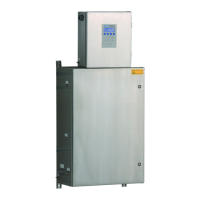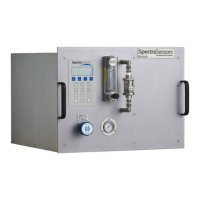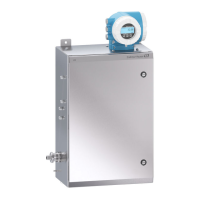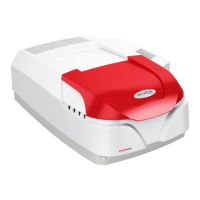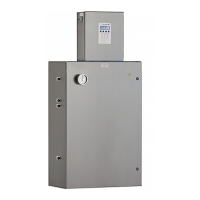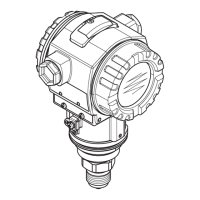Sample Conditioning System (SCS)
Hardware Installation and Maintenance Manual 4
–7
5. Confirm the sample bypass flow and readjust the bypass control
valve to the specified setpoint, if necessary. The SCS is now
operating with the process sample.
6. Power up the analyzer according to the procedure given in “To
power up the analyzer” in the Firmware Manual.
Starting up the Simplified Sample System
Use the following steps to start up the SS500 with a simplified sample
conditioning system (SCS).
Tostartupthesimplifiedsamplesystem
1. Connect the bypass to vent line. Refer to Figure 4–3.
2. Verify the rotameter is unlocked, then close by turning clockwise
until it stops.
Refer to "To start up the sample bypass stream on process
sample" for additional instruction.
ROTAMETER
BYPASS VALVE
SAMPLE INLET
Figure 4–3 Starting up the SS500
simplified sample system
VENT
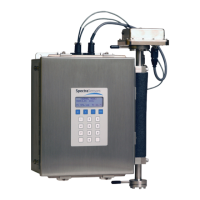
